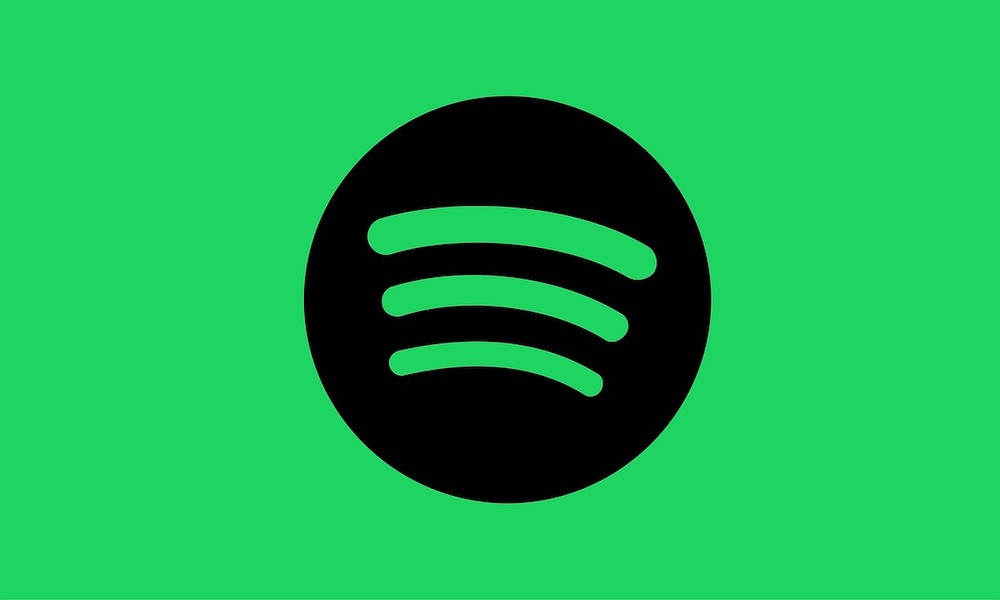Streaming services like Spotify and others normalize the volume of all the material on their platform. This is so you’re not constantly turning the level up or down from song to song. However, tracks you’ve mixed may not play back how you expect if they’ve been hit by the loudness penalty.
What is a ‘loudness penalty’?
If your song is either too quiet or too loud for streaming services, it will automatically be turned up or turned down. You can imagine how this could drastically change the way the mix is perceived once it’s left the studio.
Turning a song up or down after it’s been mixed/mastered can change the whole dynamic range; it might even feel dull and lifeless once it’s been uploaded for streaming. This is a huge concern for mastering engineers, but mixers be aware of it too.
Lots of us are wearing both hats anyway, since many clients tend to conflate the mixing and mastering processes. To satisfy clients, we’re finding ourselves compressing and limiting the mix buss to get tracks ‘loud’ for our customers, and they may never send their material to a proper mastering engineer. The loudness penalty is a concern for everyone!
Spotify likes songs to hit around −14 dB LUFS. So if your master is anywhere above that — -7 dB LUFS is an average level in rock music, for instance — Spotify will turn it down a significant amount.
SEE ALSO: How the ‘Loudness Wars’ Made Music Sound Worse (And What We Should Learn from It)
What is ‘LUFS’?
LUFS is a volume measurement which stands for ‘loudness units full scale.’ When comparing LUFS vs dB, LUFS measures the perceived loudness of a mix rather than the actual dB level. Two songs can peak at the same level, and one might sound quieter than the other. This is because loudness and perceived loudness are two different things. LUFS compensates for that by giving us a good idea of perceived loudness.
We measure LUFS in two ways: ‘integrated’ and ‘short-term.’ Integrated LUFS determines the average of the whole song. This is great for getting a general sense of how loud the track is, and how it will be represented on a streaming service.
Short-term LUFS determines the loudness of the last few seconds of playback. This is good for having a more detailed view of your song, and seeing how loud each individual section is.
How will the loudness penalty affect your mixes?
It’s pretty simple. Turning your final mix up or down can completely change the energy of it and how it’s perceived.
If Spotify or another streaming service has to turn your song up, it may end up sounding totally squashed and have zero dynamic range for the sake of loudness. If they have to turn it down, it might not sound as exciting as it did at the level you finalized it.
This isn’t always the case, and sometimes your mix will still translate to streaming without being negatively effected by the loudness penalty.
Luckily, there are many different ways to check your loudness. There’s literally a free service called Loudness Penalty where you can drag-and-drop your mix to see how it translates. It will generate your loudness penalty score for services like YouTube, Spotify, TIDAL, Apple Sound Check, and more.
Your ‘score’ is how many dB it will be turned up or down. And again, it’s totally free.
This is an invaluable tool for seeing what happens to your songs once they’ve been uploaded. The people behind it, MeterPlugs, also deliver it in plugin format alongside other nifty tools for measuring your mix’s loudness.
See Also: The 12 Best UAD Plugins
See Also: Best UAD Plugins for Vocals
See Also: 12 Best Analog Summing Mixers in 2022
Lots of mastering plugins offer the same sort of info, like the Nugen MasterCheck we’ve demoed in the past. If you own any mastering plugins which measure LUFS, that’s great! If you don’t, for now you can use the incredibly handy and generous free check by MeterPlugs.
How can you avoid the loudness penalty?
There are no hard and fast rules for where your music should sit on the LUFS meter. We know Spotify will normalize it to -14 dB LUFS, but that doesn’t mean you should mix to that level.
Certain engineers have said somewhere around -8 or -9 dB LUFS is a safe place to be. There’s no one-size-fits-all approach, unfortunately, as perceived loudness varies so much from song to song.
The best thing we can do as mixing engineers is focus on the music’s energy, how it feels, and how we perceive it. Oh, and of course, be sure we’re not clipping!
READ ALSO: Splice Sounds Review: Is the Subscription Worth It
READ ALSO: Best Bass Guitar VSTs
READ ALSO: Boss Katana Air Wireless Guitar Amplifier Review
